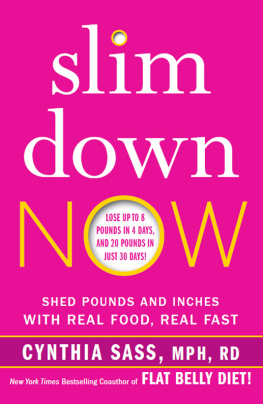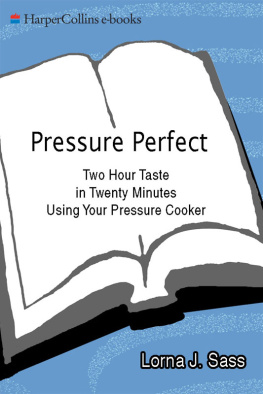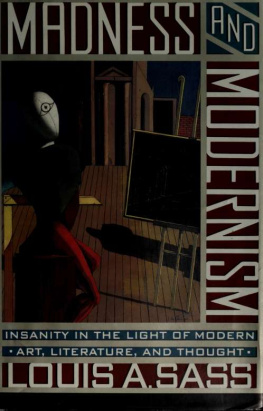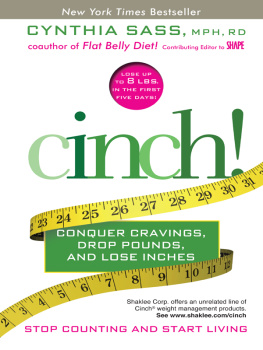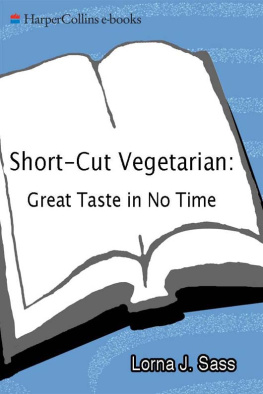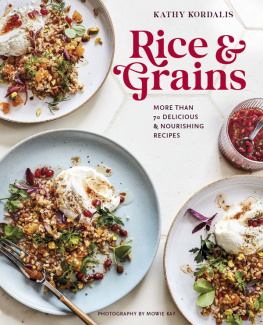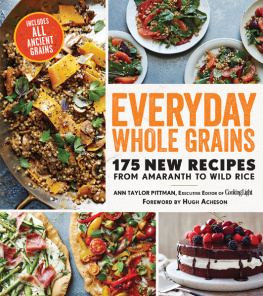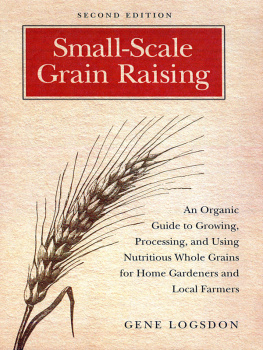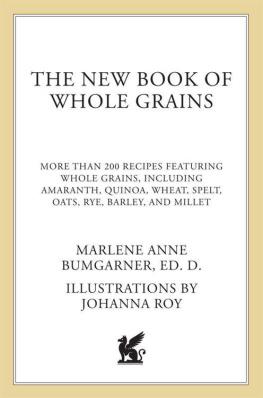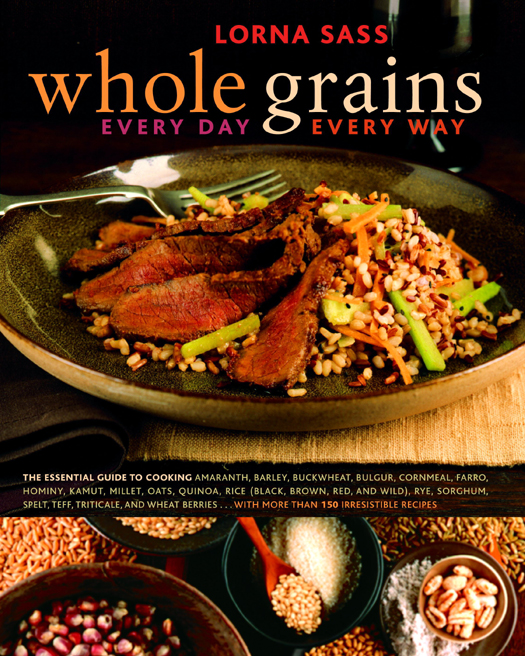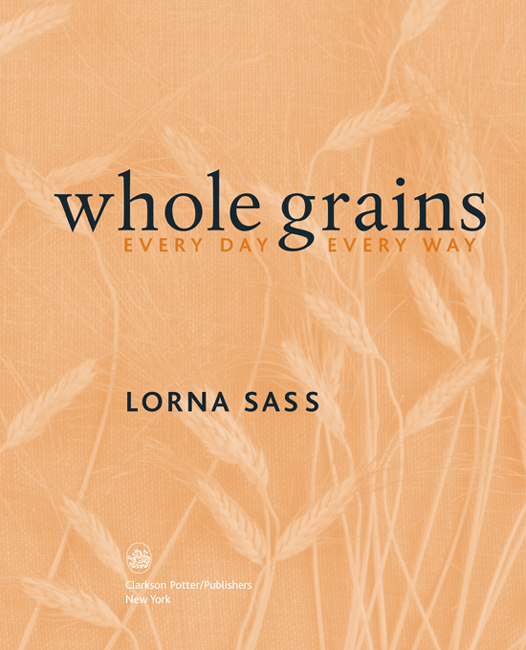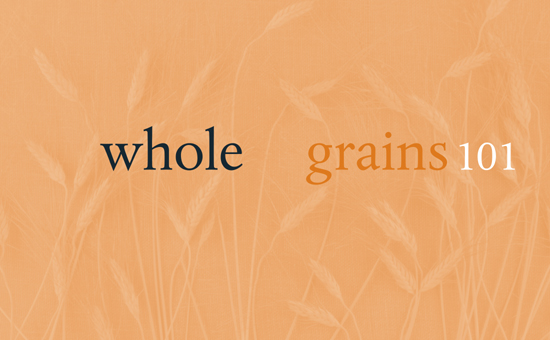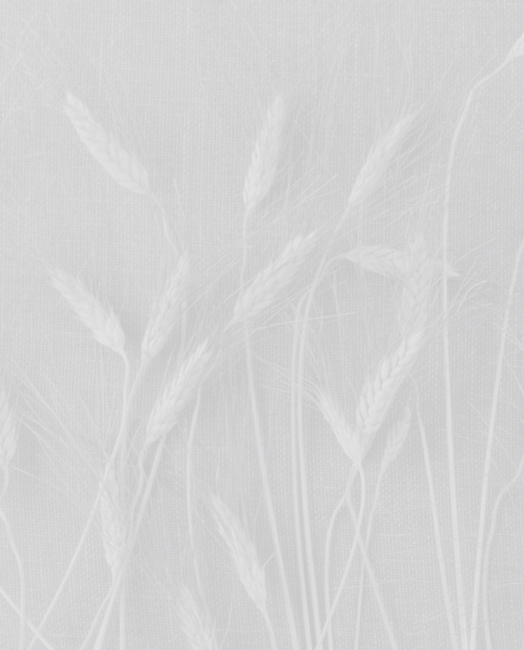OTHER BOOKS BY LORNA SASS
Pressure Perfect
The New Vegan Cookbook
The Pressured Cook: Over 75 One-Pot Meals in Minutes
The New Soy Cookbook
Lorna Sass Short-Cut Vegetarian
Great Vegetarian Cooking Under Pressure
Lorna Sass Complete Vegetarian Kitchen
(formerly Recipes from an Ecological Kitchen )
Cooking Under Pressure
In Search of the Perfect Meal: A Collection of the Best Food Writing of Roy Andries de Groot (selected and edited)
Christmas Feasts from History
Dinner with Tom Jones
To the Queens Taste: Elizabethan Feasts and Recipes
To the Kings Taste: Richard IIs Book of Feasts and Recipes
Copyright 2006 by Lorna Sass
Photographs copyright 2006 by David Prince
All rights reserved.
Published in the United States by Clarkson Potter/Publishers, an imprint of the Crown Publishing Group, a division of Random House, Inc., New York.
www.crownpublishing.com
www.clarksonpotter.com
Clarkson N. Potter is a trademark and Potter and colophon are registered trademarks of Random House, Inc.
Library of Congress Cataloging-in-Publication Data
Sass, Lorna J.
Whole grains every day, every way / Lorna Sass.
p. cm.
Includes index.
1. Cookery (Cereals). 2. Grain. I. Title.
TX808.S27 2006
641.631dc22 2006009528
Hardcover ISBN: 978-0-307-33672-9
eISBN: 978-0-7704-3535-6
Cover design by Maggie Hinders
v3.1
To the memory of my brother
Philip Gary Sass
19491978
And to those who work to restore and sustain the earth
contents
introduction
IM A LUCKY PERSON.
During the past year, Ive stood among amber waves of Kamut grain stretching toward the intense sun of Big Sandy, Montana. And Ive wandered through pink, golden, and lavender sprays of quinoa ripening in the highland Andes of Riobamba, Ecuador.
These two experiences changed my life. Before being in those grain fields, I plucked Kamut and quinoa from the shelf of a health food store without giving it a second thought. Now I understand how hard farmers work to grow them, and how long a journey these nutritious kernels make before arriving in our kitchens. I feel grateful having such easy access because whole grains are not only nutritious, but absolutely delicious.
I imagine that for some of you, the whole-grain journey has always seemed longperhaps interminablebecause youve been meaning to get more wholesome food on your table but dont know where to begin. Likely youve read about the health-promoting aspects of whole grains, but arent sure how to select or cook them. Or perhaps youve had enough brown rice and want to explore more exotic options like black rice from China, green spelt from Lebanon, farro from Italy, or kalijira from Bangladesh.
The choices are thrilling, and Im here to guide you on an exciting adventure. You may be motivated to begin the trip because you know that grains are good for you. But I am confident that quite soon you will look forward to eating whole grains every day, every way because they taste good.
Happy cooking!
Lorna Sass
New York City
what is a whole grain?
A kernel of grain is comprised of three edible parts: the bran, the germ, and the endosperm. Some grains have a fourth partthe hull or huskwhich is an inedible protective covering.
There are vital nutrients in each of the three edible parts. Lets consider a grain of wheat. The bran is the outermost edible layeractually seven paper-thin layersthat protects the kernel from insects and bacteria. The bran is a concentrated source of dietary fiber. The largest portion of the bran, the aleurone layer, is an excellent source of B vitamins and has some trace minerals.
The germ is the embryo or vital part of the grain. It contains vitamins B and E, essential fatty acids, phytochemicals, and unsaturated lipids. The germ is located at one end of the kernel near where the kernel connects to the stalk. Since it is just under the bran, if the bran is removed, so is the germ.
The endosperm is the largest portion of the kernel and provides the germs food supply. It is made up of two types of starchamylose and amylopectinand also contains some protein and B vitamins.
In order to qualify as a whole grain, a kernel must have all three parts intact. According to the USDA Dietary Guidelines, when the kernel is cracked into bits, rolled flat for quicker cooking (think of rolled oats, for example), or ground into flour, it must contain the same balance of nutrients found in the original seed to qualify as a whole-grain product. This is the definition also used by the Whole Grains Council, a consortium of scientists, nutritionists, grain producers, and manufacturers whose stated mission is to get more whole grains onto the American table.
When it came to deciding which grains to include in this book, I had to examine each grains anatomy to see if it qualified. For example, much of the barley grown in this country has to be stripped of its inedible hull in a process called hulling. Barleys hull is so tightly attached to the bran layer that some of the bran is rubbed off in the process. Once any bran is rubbed off, the barley qualifies as pearl or pearled barley. If some of the bran is left intact, the barley is called semi-pearled.
According to the definition above, pearl barley, which has been stripped of all or most of its bran, would not qualify for inclusion in a book on whole grains. However, because of its particular anatomy, barley contains fiber throughout the kernel. So even when you are eating pearl barley, you are still getting a good balance of nutrients. I therefore decided to include pearl barley.
Then theres bulgur, made by parboiling and cracking wheat kernels. Again, during this process some bran is lost. But as parboiling takes place, nutrients from the bran seep into the center. As a result, bulgur offers the range of nutrients available in the whole grain.
Keeping all of these variables in mind, I have included a few processed forms of grains that may not be considered whole in the strictest sense, but give substantial nutritional return. They have the further advantage of being quick-cooking.
I have also included some seeds that are not members of the grain family in botanical terms, but are commonly referred to as grains because they are cooked like them and have similar or even better nutritional profiles. These include buckwheat (a member of the rhubarb family), quinoa and amaranth (members of noncereal families of grasses), and wild rice (an aquatic grass).
the health benefits of whole grains
We are fortunate that whole grains are so tasty and versatile because they also happen to promote good health. The word is out that a significant portion of the phytonutrients and phytochemicals in grains are located in the bran and germ, the parts we dont eat when we choose white bread made from refined flour instead of brown bread made from whole grains. And it is now well known that the phytonutrients and phytochemicals play significant roles in disease prevention.


